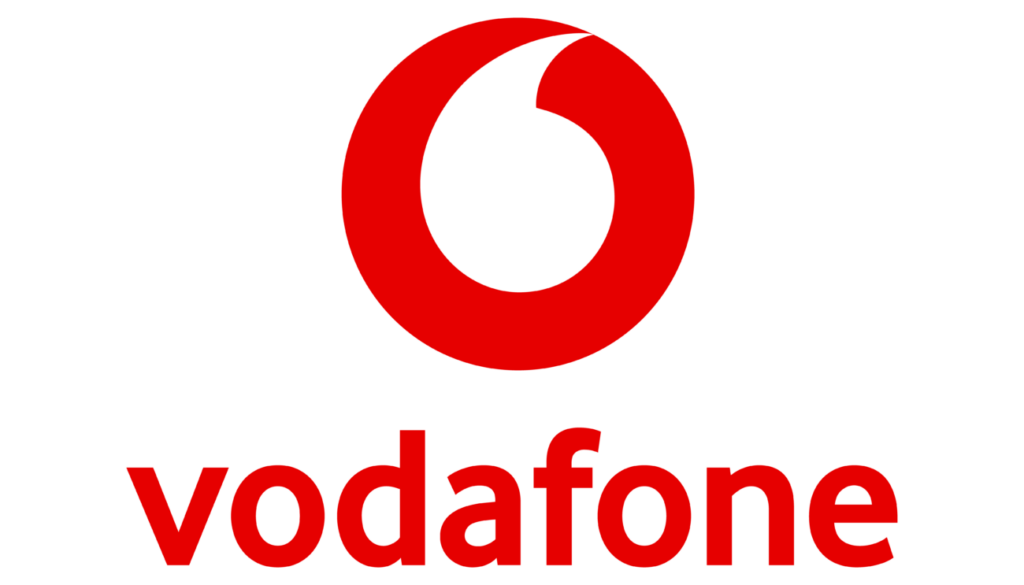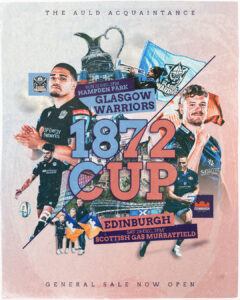111 line-outs in one match
By Donald Walker
We have grown accustomed to seeing the game of international rugby develop and adapt over recent years: the number of substitutions has increased to eight, a television match official is now all-seeing, and the rules are regularly tweaked to improve the flow of play and protect players from injury.
But has any match ever prompted a more significant change to the way the game could be played than Scotland v Wales at Murrayfield, 60 years ago?
Last Saturday’s epic Guinness Six Nations encounter between England and Scotland certainly produced a far greater amount of excitement – and points scored – than a typical rugby international from six decades ago. In many ways, there is no comparison between now and then. But let’s have a look at one statistic. The Calcutta Cup match featured a total of 24 line-outs. Scotland v Wales in 1963? Just the 111 (correct: one hundred and eleven).
In the modern game, with every set-piece carefully choreographed and policed, a re-start takes significantly longer than it did all those years ago. If there were 111 line-outs today, there would be time for little else in the game’s 80-minute duration.
How did it happen? Why did it happen? The answer to the extraordinary line-out count lies in the old rulebook, and who better to take up the story than Dr John Howie, touch judge on that fateful day which has been described as “the dreariest match ever played”.
Back in those days, a neutral referee was appointed for international fixtures but the participating nations each provided a touch judge, and in 1963 the 26-year-old Dr J.G.R. Howie of Glasgow High School FPs was fortunate enough to find favour within the Glasgow district refereeing panel, having taken up officiating at a relatively early age following a hand injury. Those selected for international touch judge duty were honoured with just one game, and for Dr Howie, that game was to go down in history.
“Scotland had won their opening game against France in Paris, and the expectation was that they would then beat Wales at Murrayfield in the next match,” recalls Dr Howie. “This was going to be their year. Sounds familiar, I know!
“It was the winter of the big freeze, and there had effectively been no club rugby since Christmas. The electric blanket at Murrayfield ensured that this game could go ahead. Understandably there was great anticipation, but the day was cold, foggy and bleak, and the match turned out to be one of the worst games ever played.
“Clive Rowlands, the Welsh scrum-half, took advantage of the rule which allowed the ball to be kicked directly into touch from anywhere on the pitch. Just about every time he got the ball, that’s what he did. I believe the Welsh stand-off received only two passes all game.”
Legend has it that on the eve of the match, Rowlands realised that his pack had a two-stone advantage over the Scots, and this led to his decision to keep the ball among the forwards and forget about the backs. Ten-man rugby can be effective but comes in for fierce criticism, yet Rowlands had no compunction about taking this dubious tactic a step further to produce a stifling nine-man version. Of the 111 line-outs, 44 turned into mauls, before the ball re-emerged briefly only to be sent back into touch.
“The match was played almost entirely between the two 25-yard lines,” says Dr Howie. “Normally, I enjoyed line-outs because the game was near the crowd, and there was a good atmosphere when the players were so close to the terraces. Not at this match, however!
“In fact, Rowlands stuck mainly to the stand-side touchline in the second half, when I was on the other side of the pitch. For those 40 minutes I had very little to do other than avoid snowballs being thrown at me by schoolboys in the enclosure, who were simply bored.
“The tactic Wales employed was not unique, and if you looked at any rugby pitch in the second half of the season in those days, there would be a track of mud five yards wide all the way up the touchline. But this game took it to another level.”
Between line-outs, there was time for two scores which guided Wales to a 6-0 win, their first in Edinburgh for ten years but their only victory in the Five Nations that year. Grahame Hodgson kicked a first-half penalty and Rowlands a second-half drop-goal. The British Pathé camera operator might have been asleep by that stage, because the Welsh scrum-half’s only international score is not featured in the black and white newsreel footage.
Dennis Busher of the Daily Herald wrote damningly after the match: “International rugby is in its death throes as a spectator sport. Wales won by carrying ‘modern’ power rugby to its logical conclusion.”
It is a matter of dispute whether the 111 line-outs represents a record, because there were reportedly 114 in a New Zealand v South Africa match in 1921, but from 1963 onwards calls to change the rules became impossible to ignore. The wheels of the International Rugby Board did not turn fast in those days, and it was 1968 before kicking direct to touch from open play was outlawed unless executed behind the player’s own 25-yard (22-metre) line. In the debate leading up to that experimental but fundamental change, which became permanent in 1970, the infamous 1963 match and its 111 line-outs was always cited as evidence of the need to revise the rules. But in addition, Australia had been campaigning for just such a change for several seasons, and had introduced a ban on kicking to touch in their domestic game in a development which became known as ‘the Australian Dispensation’.
For Dr Howie, the 60th anniversary of such a momentous occasion brings back memories, although there are no souvenirs. For a touch judge in the 1960s, the honour of running the line came with few trappings. He was instructed to wear his own club blazer and flannels – his brave Welsh counterpart turned up in shorts – and although embroidered touch judge flags were created for each international, these had to be returned to the SRU at full-time and were then framed and presented to that season’s President at the end of the championship. For the touch judge, the full-time whistle was followed only by a bath, and then the journey home.
“Funnily enough, my abiding memory of the game was not of the line-outs but how the match started,” says Dr Howie. “Wales kicked off, and the ball landed just short of the touchline and skidded into touch. It was right in front of me, and yet some in the West Stand later insisted that the ball had gone straight into touch, and that my decision lost Scotland the initiative from the kick-off. It was a strange interpretation of what actually happened. Meanwhile, I had the Welsh forwards spending the first 20 minutes giving me grief for being a ‘homer’.”
Dr Howie’s duties as a GP put pressure on his career as a rugby referee and he hung up his whistle at the age of 30, more or less the age that most people were starting out as match officials. He went on to become Professor of General Practice at the Edinburgh Medical School for 20 years.
“I enjoyed what I did in rugby, and as a scorer with the Scotland cricket team, and have no regrets,” says Dr Howie. “I would love to have refereed an international match but you had to be able to turn up anywhere, at any time. I couldn’t do that, especially when life as a GP would involve Saturday visits.
“But it was an honour to have shared the same field in rugby and cricket with people like the sublime Ken Scotland, one of my heroes, who represented his country at both sports. Some people are blessed with true talents that ordinary people just don’t have.”
Related Fanzone
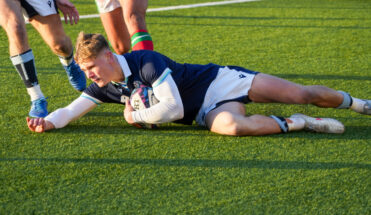
Scotland U20 45 – 43 Wales U20


Lochie’s Big Christmas Cards
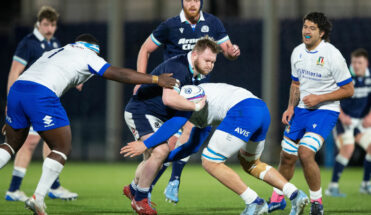
Report: Emerging Scotland 7 – 24 Italy U23s

Scotland U20 Development side lose out to Wales

Preview: Emerging Scotland v Italy Under-23s
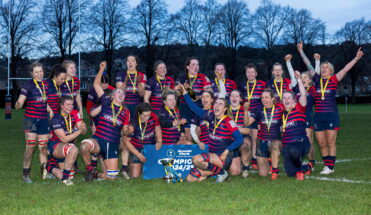
Arnold Clark Women’s Premiership final

National Youth Cup Finals 2024

Podcast | David Nucifora & Claire Cruikshank
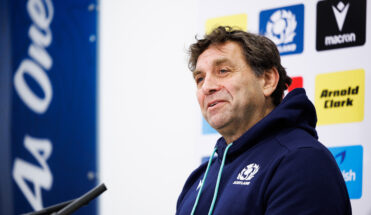

First Interview | David Nucifora





